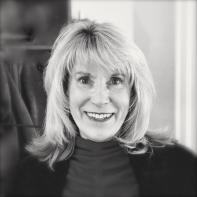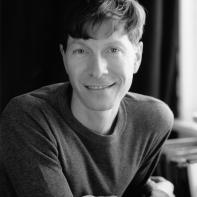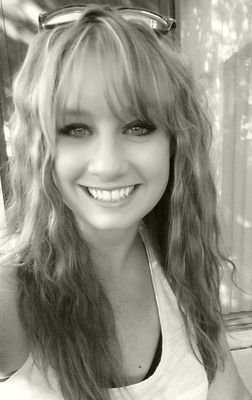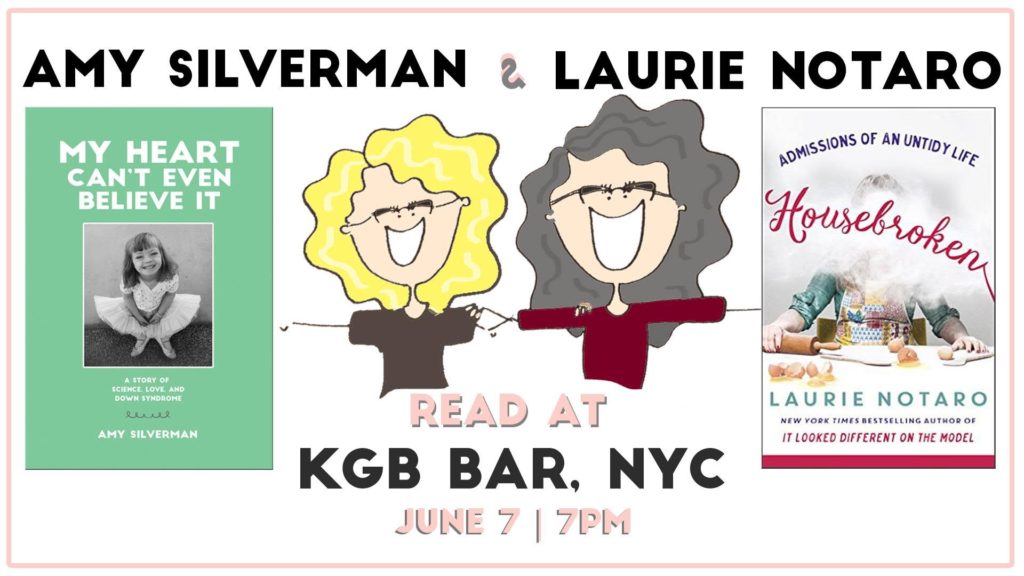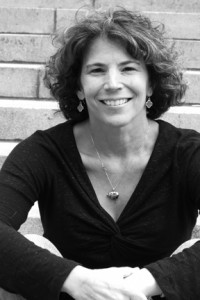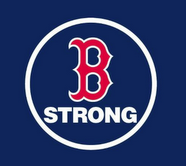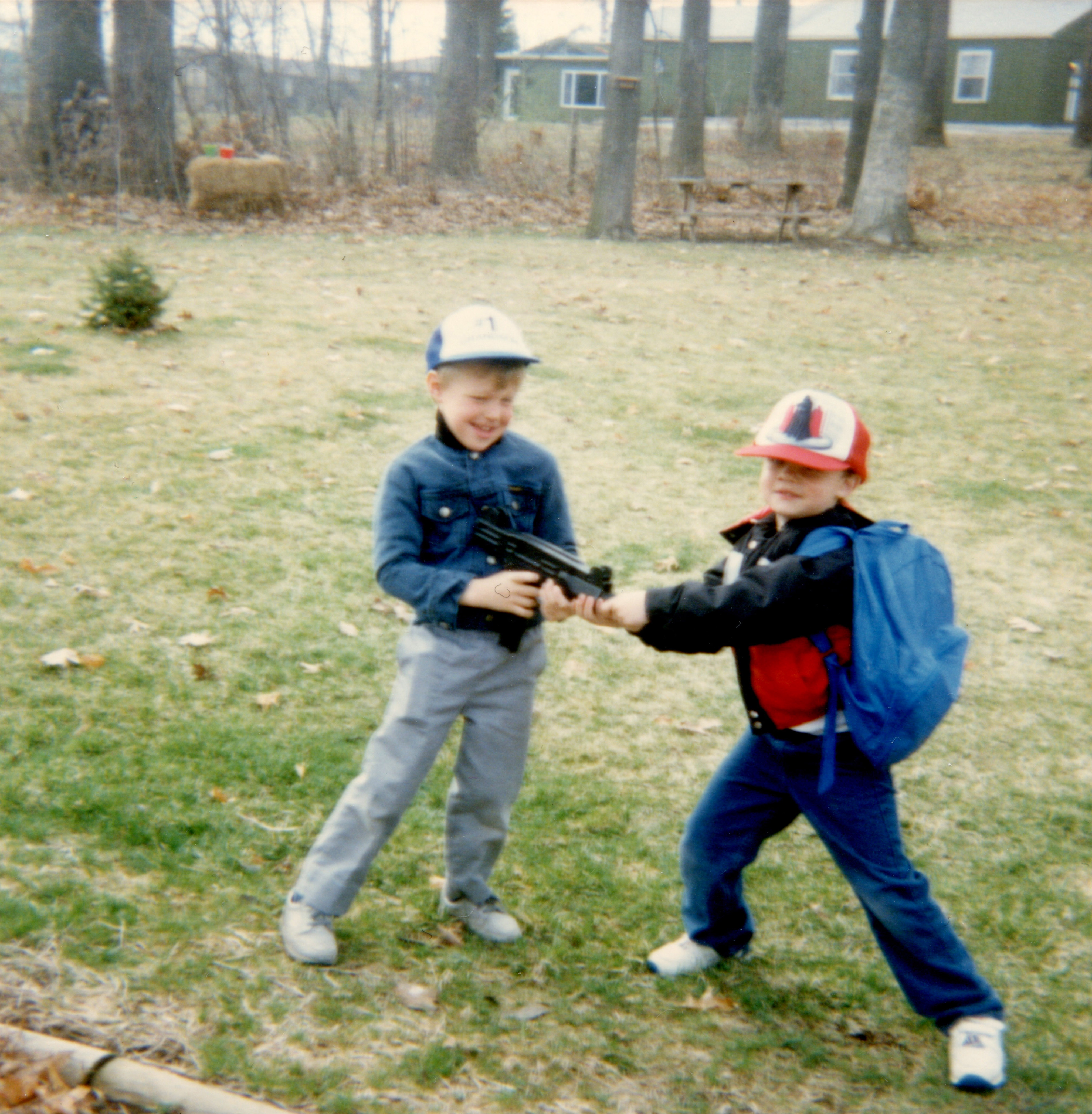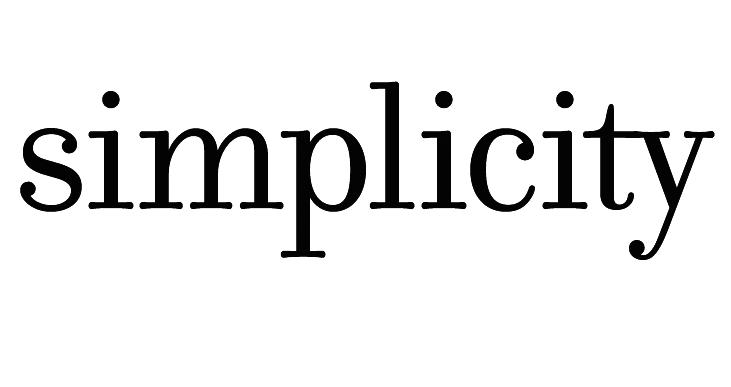 It’s mania when I begin to eye the furniture in my home and plot its disappearance. Once, when I was two and twenty, I so vacated my home of objects that my best reading spot was a plastic lawn chair with a blanket cast over it. To have something temporal meant freedom; I could give it away without sentiment. I sold two-thirds of my books that year. Three comfy chairs and two thrift store sofas gone. Cleaning house is easier when there’s nothing in it.
It’s mania when I begin to eye the furniture in my home and plot its disappearance. Once, when I was two and twenty, I so vacated my home of objects that my best reading spot was a plastic lawn chair with a blanket cast over it. To have something temporal meant freedom; I could give it away without sentiment. I sold two-thirds of my books that year. Three comfy chairs and two thrift store sofas gone. Cleaning house is easier when there’s nothing in it.
A year ago I discovered Marie Kondo, and her best-selling book The Life-Changing Magic of Tidying Up. My son, a lover of all things Japanese, quickly absorbed her minimalist wisdom. We agreed that it felt better to let go of things from our lives than to hoard them. Before long the two of us were folding our clothes into perfect rectangles, our closets emptied of clothes that didn’t “spark joy.” I’ll admit I failed when it came to clearing my books.
Blessed with a large office, I fill it with volumes. After combing through for expendables, I recycle the paper stacks and folders of the previous year. I strategize how to teach classes without requiring paper assignments. Student lamentations of their printing woes at the front of my mind, I make every assignment digital. It used to be simpler to take pen in hand and scratch away at paper wherever I might find myself; now, it is all about erasing the physical memory of each class and keeping the evidence of my lost time in a cloud.
When I touch paper and books it is similar to touching chalk. My hands itch, I feel that I can’t breathe, I want to rinse them. It’s the dust, a real allergen to be sure. But most of it—the bulk of it—is in my mind. I’m tired of touching what is spent.
The expenditure of time. I don’t want to think about it too much. Occasionally I drive the forty-five minutes in silence to the college where I teach. I enjoy music, audiobooks, and podcasts. But sometimes the silence is all I can tolerate when trying to clear my mind. Not that I’m any good at meditation. I’m frightfully bad, actually. Meditation is only possible for me in movement—walking, running, yoga. But in stillness I begin to panic. There is so much to do, so much time wafting away.
I worry about time wafting, how it drifts into piles then disappears in a swift gust of excitement. Ideas drift like that, which is why I like the silence. I also like numbered lists, and constrained word counts in essays. I like the illusion of control, however tenuous, that comes of numbering things: points I’m trying to make, lists of things I want to remember, essays I want to write, paragraphs, lines . . .
They all go away.
I hear the voice of my teacher–unmistakably his, even when it comes through me–when I say to my students in a workshop: “This is an essay about neurosis.” Obviously, obviously. I recognize students doing what I have done, cauterizing narrative with lyric, and falling down through the tubes of some memory that’s only partly open.
Yesterday I noticed the dust on my dashboard and I knew myself to be existing, to be driving my car mindful of speed and direction, yet also, perfectly still. I said aloud to myself, “Time is vertical, you Dope.” And I laughed because I’d had that thought so many times, each one of those moments, the same moment . . . yet another phase state.
I need the simplicity (I think) because it’s the order apart from what always breaks down. It’s my own conscious awareness of non-jettisoned junk, the still-necessary, the reminder of what I have yet to do in order to accomplish the next task. I have tasks stretching into the horizon. The concrete steps need patching and painting as do the porches and foundation and there sits the paint. Books to my right form two stacks. When my manuscript is done I can take them back to my office shelves. When my manuscript is done I can write an essay about something else. When . . .
Simplicity means shopping for and finding only what I need. Simplicity means windows that are new and free of grime that open easily when the air conditioning quits working for the third time this summer. Simplicity means simply not using the bathroom sink until I can afford to repair the leak that seems to emerge upward impossibly from the floor around the pipe. Simplicity is sometimes not thinking about the broken things I cannot pay to fix and the debt that I whittle away over endless years.
There is no thought to dating, because the order of my life would be visited by new chaos and questions of what this new person brings and what they take from my life.
There is no time for smoking, though I’d like to have a cigarette very much. There is no money for frivolity. Unless it is for my son, who wants a four-dollar coffee. He is a teenager, and I worry over him catching my illness that counts pennies before ever saying yes.
Simplicity is choosing between three colors from my closet: black, grey, and blue. The first two are in preponderance because they always go together. Simplicity is in my cabinets, when there’s only soup and noodles. I’m overwhelmed by my mother’s fridge which teems with leftovers and expired salad dressing.
The fantasies I have are of less things, not more, and I dream about a tiny house on wheels or an RV when my son goes away to college, which is why I don’t need the couch, the desk, another book shelf. My home is already a tight 773 square feet of entropy, built in the 1940s. I’ll be lucky if I can sell it at all, but I push this thought away.
Simple means having four things to worry about instead of twenty. It means pronouncing no more curses under my breath because everything I touch goes smoothly. In short, I think of simplicity as a kind of chronic peacefulness. I’m sure this is what defines the aesthetic for people who voluntarily undertake simple living as part of a spiritual practice, or those who retreat into the woods, going off the grid.
“Simple” is used to market foods assumed to be organic and whole. It sells magazines and skin products, recipes, financial plans, cell phones, lifestyles, fashions, cleaning products, and is sometimes an acronym. “Simplicity” is a term found in theology, philosophy, and photography. In the popular imagination, simplicity could be cross-listed with happiness or peace of mind. See also, elegance and minimalism, though simplicity is a word that behaves itself impeccably, no matter the context. Simple and simplicity might sometimes depart from one another, aside from being adjective and noun, though I’ve never thought too much about it.
Harder, when I must read simplicity as austerity, when I must choose the beans and rice because I cannot afford to eat more richly. When the choices narrow to one and that’s the option with the sparest design. When all menus point to side dishes and when a boiled egg is my only breakfast.
Counting calories require simplicity, and the best diets push us toward streamlining our choices lest we are taken in by the complexities that beckon. Exercise must be simple else it pushes us away: as simple as putting on shoes and stepping outside, or a bike path at the end of the street. It cannot require too much of us with regard to time or equipment or we won’t do it. Routines that are too complex will never be routine.
Routine is simple. I get up, do the set things I must do every morning, and my day moves slowly through the harmonies of work. I return home and what I most long for is simple: a beer, a couch, a show, my laptop, and the dishes done. However, one night I must meet a friend for dinner and that is never simple. I get home too late to wash the dishes which pile around the sink. My morning will be fraught with cooking pot puzzles and dirty travel cups. I will wash a spoon in order to use one.
Simple is silverware that matches; what my family never had and what I secretly wanted. I bought new silverware almost twelve years ago and I still have every piece. Simple to protect when the rule is they never leave the house. Simple because they are too heavy and cumbersome.
Some people use the word “simple” to denote a person who does not move at the same pace as everyone else. People are simple-minded (simpletons) if they do not engage others easily, if they are withdrawn, slow to word or thought, or even content with staying in the same area where they’ve always lived. I must be simple because I am Appalachian and I choose to live in my home town. I must be simple because I love mountains more than city skylines.
I am a backpacker, and planning for a two- or three-day trip is an exercise in existential simplicity. I know the weight of everything to the gram and I keep a spreadsheet which I update each trip. I’ve weighed everything beforehand so I am careful to pack no more than twenty-five pounds. I carry about ten pounds of food and water. I endlessly ruminate on how to carry less, and whether or not I can dispense with anything in my pack, in my ideal and ritualized unburdening.
A hike is meditative with the comfort of having everything I need in my bag and nothing to do but walk. Simple means essential, or being able to make do, without luxury. Simple is grateful for serendipity and the kindness of others, and simple dreams under the great vault of Heaven.
Simple is tracing the backbone of a 480 million-year-old lifeform, and recalling Dōgen’s “Mountains and Waters Sutra.” He could not have been the first one to say that mountains belong to all those who love them, or that mountains walk, or flow. “You should study the green mountains, using numerous worlds as your standards,” writes Dōgen. I study the mountain every day on my way to work and back, wishing I was there and not driving.
Simple is a hot cup of tea, right now, in my hand. It’s also a way of centering.
I keep coming back to “numerous worlds,” and wonder why we need so many.
Simple is the yoga I haven’t done in a few days, because my life has been too complex. James Richardson writes that “Our lives get complicated because complexity is so much simpler than simplicity.”
In a lecture decades old, Baba Ram Dass reminds that the ego will impede all attempts to liberate consciousness. I find mine does everything it can, ultimately siding with laziness, the sheets tangled around my legs, pillow between my knees, my back supported.
It’s always quiet in the dark of my room, and every morning that perfect silence comes undone as the room lightens.
This too, is simplicity.
 Today we are pleased to feature author Julie Marie Wade as our Authors Talk series contributor. In her podcast, Julie discusses the influence of Bernard Cooper’s Truth Serum on her work, like “Where I’m From” and The Regulars. She explains how Cooper’s memoir made her feel more comfortable exploring different essay lengths. In particular, she was inspired by Cooper’s essay, “Where to Begin,” which Julie describes as “really profound to [her] in its compression and how well it establishes what you can expect in the larger volume.”
Today we are pleased to feature author Julie Marie Wade as our Authors Talk series contributor. In her podcast, Julie discusses the influence of Bernard Cooper’s Truth Serum on her work, like “Where I’m From” and The Regulars. She explains how Cooper’s memoir made her feel more comfortable exploring different essay lengths. In particular, she was inspired by Cooper’s essay, “Where to Begin,” which Julie describes as “really profound to [her] in its compression and how well it establishes what you can expect in the larger volume.”
